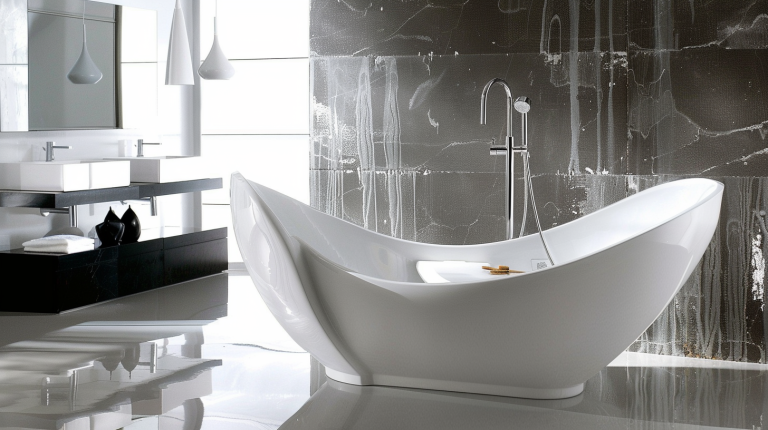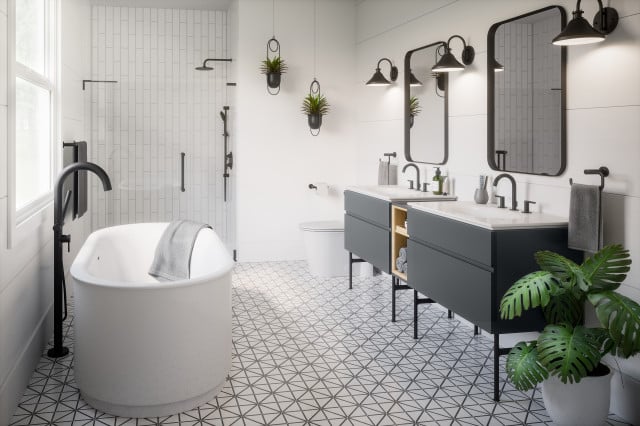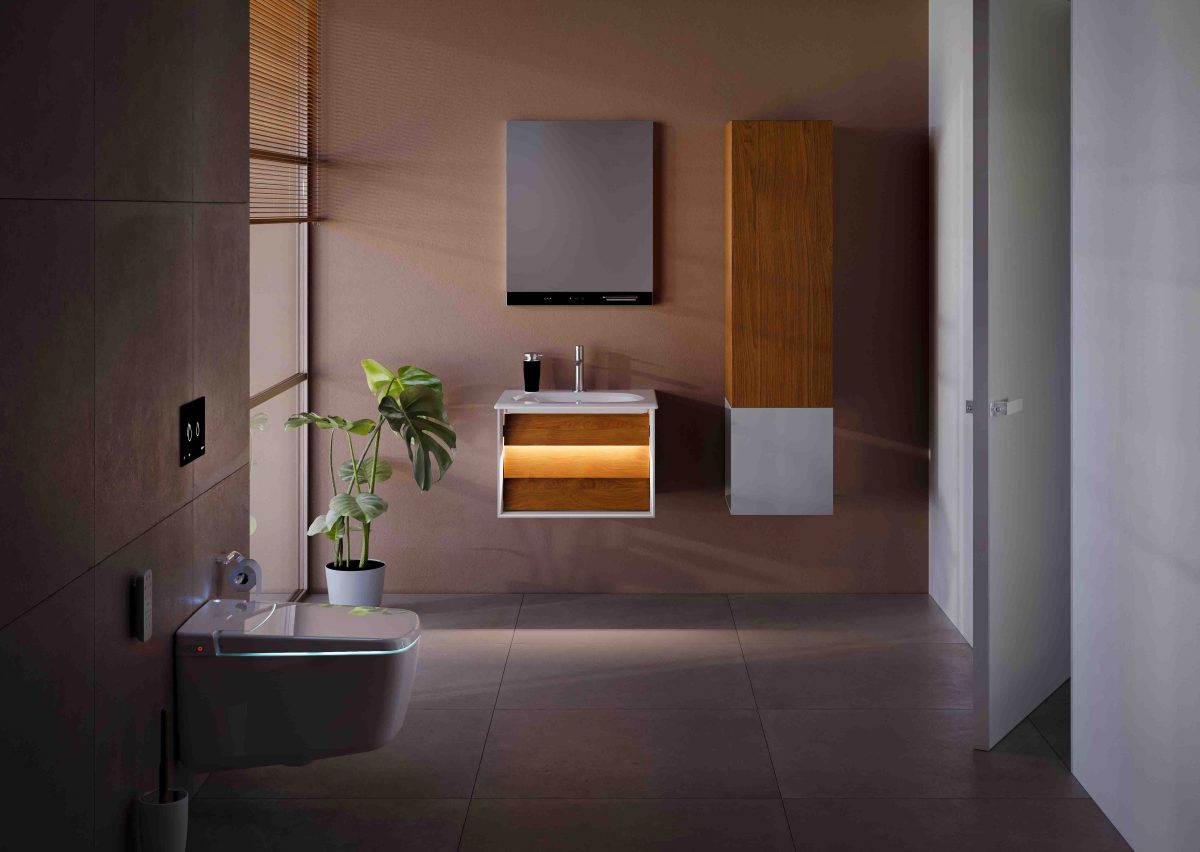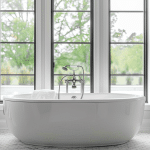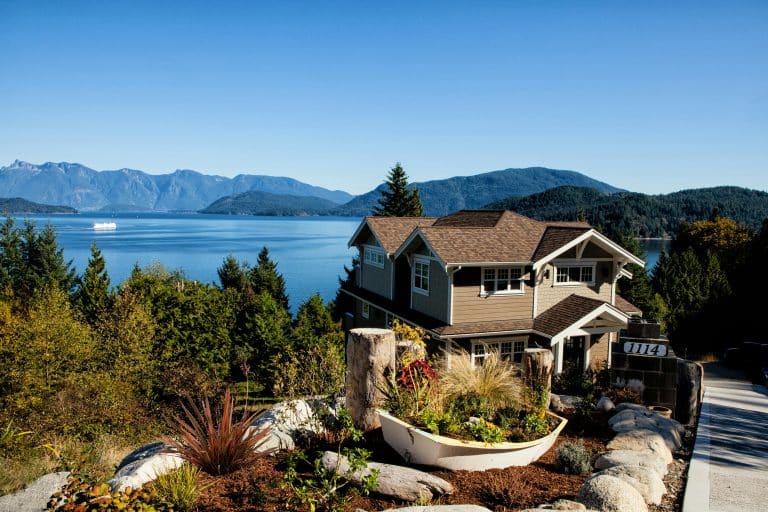Continuous innovation drives the evolution of design, functionality, and sustainability in bathroom fixture manufacturing. This listicle explores the latest trends shaping the industry, from materials to technology and eco-conscious practices.
Introduction to Innovative Trends
The manufacturing landscape of bathroom fixtures is marked by ongoing advancements to improve quality and meet diverse consumer needs. Innovations in materials and technologies play a major role in shaping the future of bathroom design and functionality.
Manufacturers are increasingly focused on integrating sustainable practices and cutting-edge technologies to create fixtures that enhance both aesthetics and performance.
This includes advancements in materials for Shower Enclosures, ensuring they are durable, aesthetically pleasing, and environmentally friendly.
By leveraging these innovations, manufacturers strive to meet the growing demand for stylish and eco-conscious bathroom solutions that enhance the overall bathing experience while reducing environmental impact.
Sustainable Materials and Practices
- Use of Recycled Materials: Manufacturers are increasingly incorporating recycled materials into their production processes. From recycled glass countertops to fixtures made from reclaimed metals, sustainable practices reduce environmental impact while offering durability and aesthetic appeal. Consumers are increasingly prioritizing eco-friendly options, driving manufacturers to innovate with sustainable materials that meet high standards of quality and design.
- Water-Efficient Fixtures: Water conservation remains a priority, with innovations such as low-flow faucets and showerheads that minimize water usage without compromising performance. These fixtures meet regulatory criteria and appeal to ecologically concerned consumers looking to lower their water footprint. The integration of water-efficient technologies continues to evolve, with smart features that monitor usage and adjust flow rates for optimal efficiency.
Advanced Manufacturing Techniques
- 3D Printing: Revolutionizing the industry, 3D printing allows for intricate designs and customized fixtures. This technology enables manufacturers to create unique, ergonomic shapes and optimize production efficiency. From prototyping to full-scale production, it offers flexibility and precision that traditional manufacturing methods may not achieve.
- Precision Engineering: Enhanced precision in manufacturing processes ensures consistency and durability in bathroom fixtures. Advanced machining techniques and automated assembly produce high-quality products that meet stringent standards. Manufacturers invest in cutting-edge equipment and quality control measures to deliver reliable, functional, and aesthetically pleasing fixtures.
Smart Technology Integration
- Smart Faucets and Fixtures: Internet of Things (IoT) technology transforms bathrooms with smart faucets that offer touchless operation, water temperature control, and even voice-activated features. These innovations enhance convenience and hygiene while reducing water waste.
Smart fixtures are becoming more accessible and affordable, catering to homeowners looking to upgrade their bathrooms with modern technology. The integration of IoT in smart faucets also includes features like water usage monitoring and customizable presets, allowing users to optimize their water consumption and overall bathroom experience. - Sensor-Activated Systems: Sensor-activated soap dispensers, toilets, and hand dryers enhance hygiene by minimizing touchpoints. These systems are gaining popularity in commercial and residential settings for their efficiency and cleanliness benefits.
Manufacturers are integrating sensor technology into a wide range of fixtures, ensuring a seamless and hygienic bathroom experience for users. Sensor-activated systems not only promote cleanliness but also contribute to water conservation efforts by providing precise control over water flow and usage, aligning with sustainable living practices.
Design Trends and Aesthetics
- Minimalist Designs: Clean lines and simplistic forms characterize modern bathroom fixtures. Minimalist designs emphasize functionality and elegance, complementing contemporary interior styles. Consumers favor minimalist aesthetics for their ability to create a clean and uncluttered bathroom environment, enhancing relaxation and visual appeal.
- Bold Finishes: Matte black, brushed nickel and brass finishes are trending in bathroom fixtures, adding a touch of sophistication and contrast to neutral color schemes. These finishes offer versatility and timeless appeal, allowing homeowners to personalize their bathroom spaces while achieving a cohesive design aesthetic. Manufacturers continue to expand their finish options to cater to diverse style preferences and interior design trends.
Focus on User Experience
- Customization Options: Manufacturers are offering more customization options, allowing consumers to personalize their bathroom fixtures to suit individual preferences and spatial constraints. From customizable finishes to adjustable features, personalized fixtures enhance user satisfaction and functionality in the bathroom.
- Ergonomic Considerations: Ergonomic designs prioritize comfort and usability, with features like adjustable showerheads and easy-grip handles enhancing the user experience for all age groups. Manufacturers conduct comprehensive research and user testing to design fixtures that are ergonomic and intuitive, ensuring optimal comfort and convenience in everyday use.
Innovations in Hygiene and Cleanliness
- Antimicrobial Surfaces: Antimicrobial coatings on fixtures inhibit bacterial growth, promoting a cleaner and healthier bathroom environment. These surfaces are particularly beneficial in high-traffic areas and healthcare facilities where hygiene is paramount.
Manufacturers are integrating antimicrobial technologies into their products to provide added protection and peace of mind to consumers. This innovation extends to glass shower enclosures, where antimicrobial surfaces help maintain hygiene standards by reducing the growth of bacteria and mold, ensuring a safer and more sanitary bathing experience. - Easy-Clean Technologies: Self-cleaning and stain-resistant materials simplify maintenance, reducing the time and effort required to keep bathroom fixtures looking pristine. Innovations in easy-clean technologies enhance the longevity and appearance of fixtures, offering practical solutions for busy households and commercial settings alike.
These advancements extend to Shower Enclosures, where easy-clean technologies help maintain transparency and cleanliness without the need for frequent scrubbing or harsh cleaning agents. By integrating these features into these enclosures, manufacturers cater to consumers seeking efficient maintenance solutions that preserve the aesthetic appeal and functionality of their bathroom spaces over time.
Future Outlook and Sustainability
The future of bathroom fixture manufacturing is increasingly focused on sustainability, innovation, and enhancing the user experience. As consumer preferences evolve towards eco-friendly solutions and smart technologies, manufacturers continue to push the boundaries of design and functionality. Sustainable practices, advanced manufacturing techniques, and smart technology integration will shape the next generation of bathroom fixtures, creating environmentally responsible and technologically advanced spaces.
Innovative trends in bathroom fixture manufacturing are transforming the design and experience of bathrooms. These trends, from sustainable materials and smart technologies to advanced manufacturing techniques and ergonomic designs, reflect a commitment to quality, efficiency, and environmental stewardship. Embracing these innovations enhances the aesthetics and functionality of bathrooms and contributes to a more sustainable future for generations to come. By staying at the forefront of industry trends and consumer demands, manufacturers continue to drive innovation and elevate bathroom design standards worldwide.

